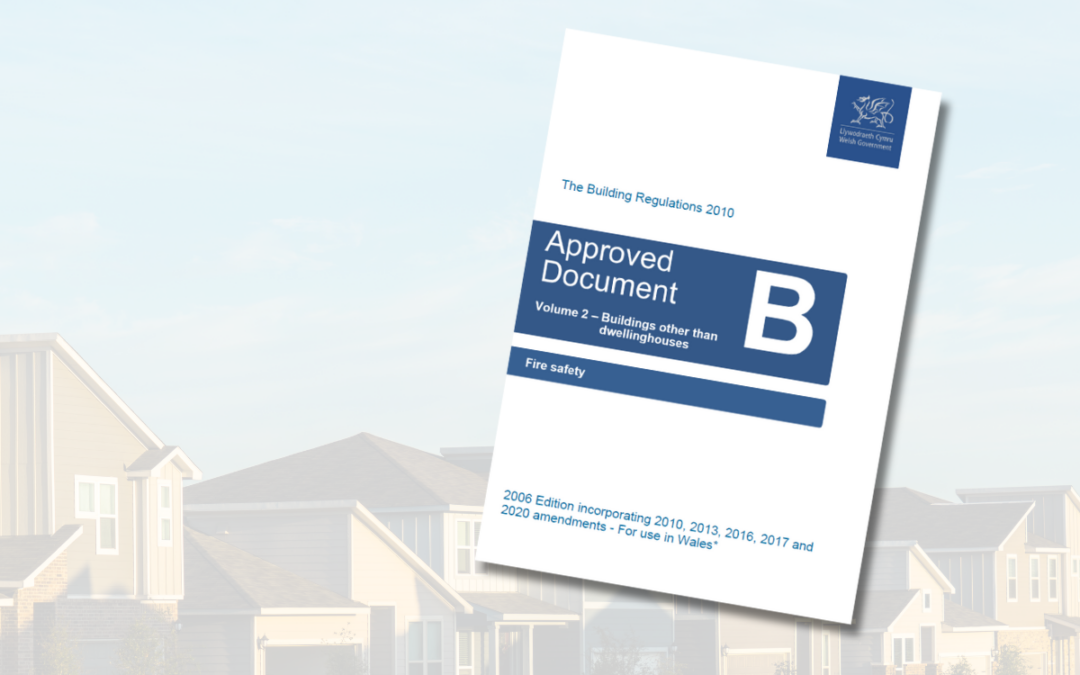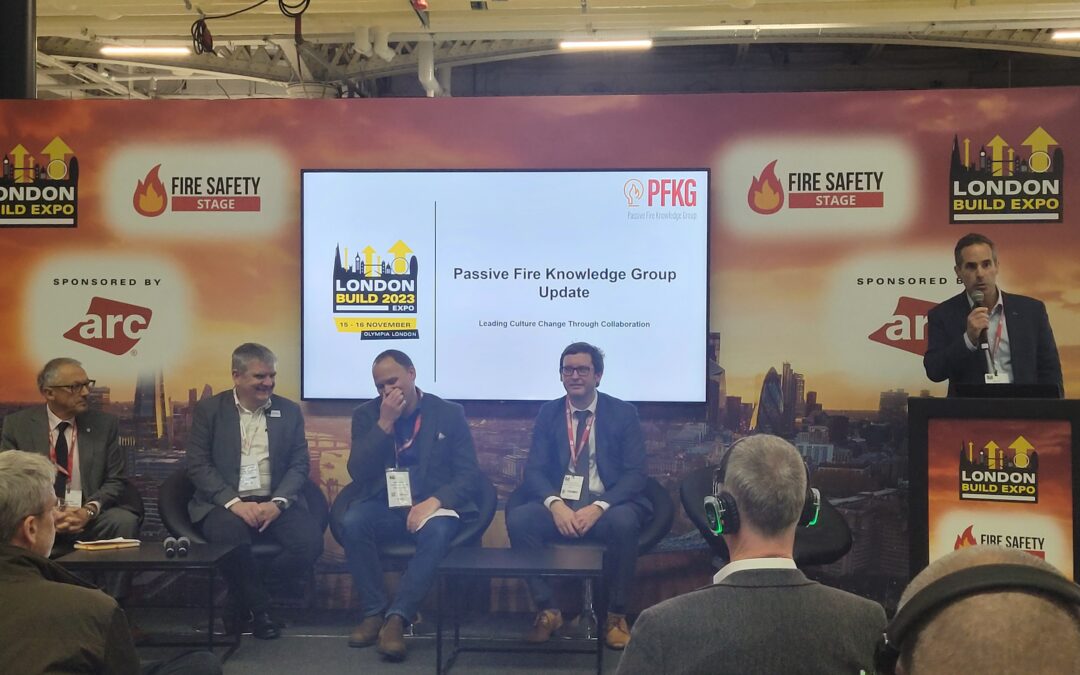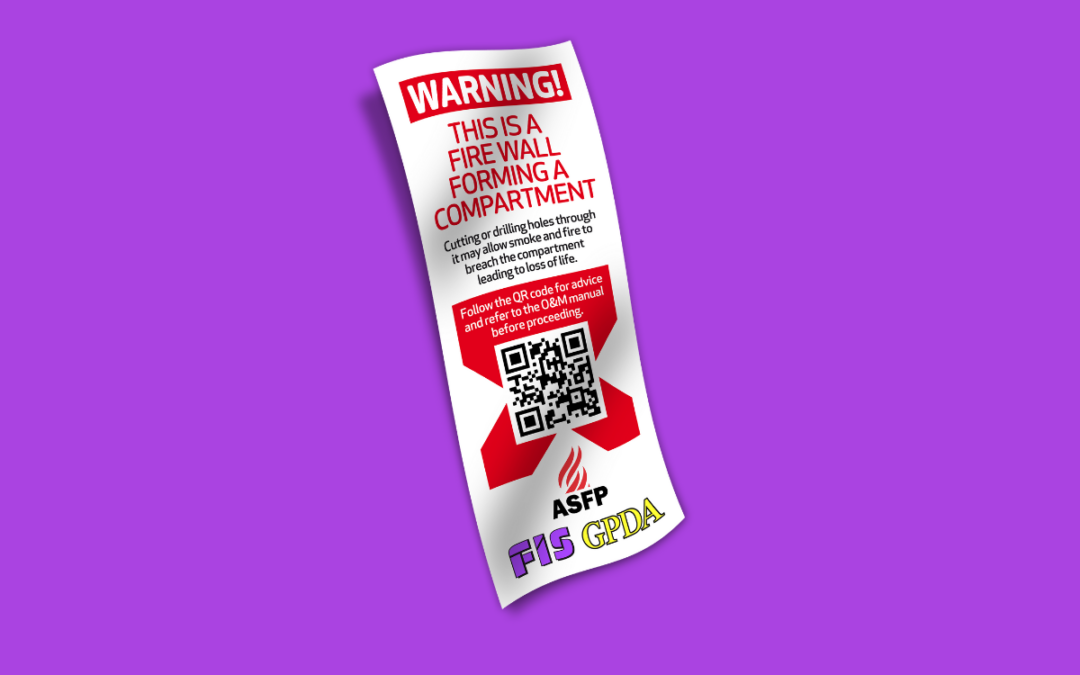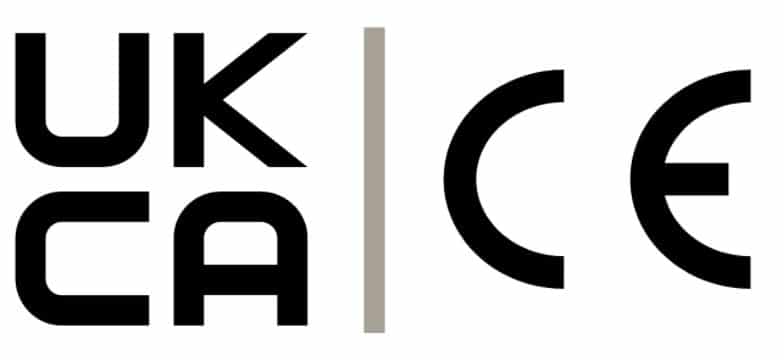
FIS responds to Welsh Government consultation regarding changes to Approved Document B
FIS has responded on behalf of, and in conjunction with the views of it’s members to a consultation from the Welsh Government regarding changes to Approved Document B this week. The proposed changes were broadly similar to the changes that we saw to ADB in England at the end of 2022, but also encapsulated the consultation on the removal of National classifications for Fire Resistance and Reaction to Fire from ADB.
We re-asserted our position strongly highlighting the downsides of removing national classifications for fire resistance without provisions around the gaps that exist in the EN testing regime and a sensible timeframe, that is consistent with our previous position paper from the English consultation last year (https://www.thefis.org/wp-content/uploads/2023/03/FIS-Position-paper-on-Omitting-National-standards-from-ADB-March-2023.pdf). Our response to other issues such as the ban on use of combustible materials in and on external walls of buildings and other areas where more clarity is required were consistent with the English changes seen at the end of 2022 and the views of our colleagues at the Construction Products Association.
If you would like to see the full text of our response, please contact jamesparlour@thefis.org





